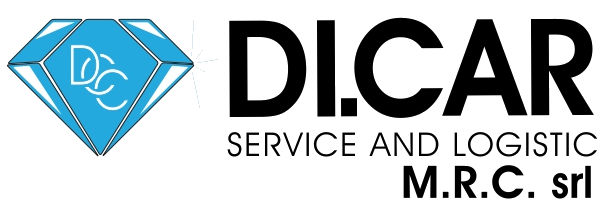Working Capital Turnover Ratio: Meaning, Formula, Significance and Examples
Luglio 31, 2023Content
If the calculated ratio is less than 1.0, then it implies that the company has to rely on other short-term resources, such as receivables and inventory. These might require a longer lead time to be collected or sold, risking an inability to meet short-term obligations due to a shortage of cash. This ratio is insightful in uncovering situations where the company may be spending too much of its cash on inventories that are not being turned into sales as rapidly as they should be. Depending on the type of business, companies can have negative working capital and still do well.
Negative working capital is never a sign that a company is doing well, but it also doesn’t mean that the company is failing either. Many large companies often report negative working capital and are doing fine, like Wal-Mart. It’s useful to know what the ratio is because, on paper, two companies with very different assets and liabilities could look identical if you relied on their working capital figures alone. OWC is useful when looking at how well your business can handle day-to-day operations, while knowing how to work out NWC is useful in considering how your company is growing.
Increase Your Inventory Turnover Ratio.
For example, if a company’s current assets are $80,000 and its current liabilities are $64,000, its current ratio is 125%. The current ratio expressed as a percentage is arrived at by showing the current assets of a company as a percentage law firm bookkeeping of its current liabilities. The current ratio relates the current assets of the business to its current liabilities. The current ratio or working capital ratio is a ratio of current assets to current liabilities within a business.
Financial ratios help senior management and external stakeholders measure a company’s performance. The dividend yield ratio measures the value of a company’s dividend per share compared to the market share price. A company’s common equity is what common shareholders own after all liabilities and preference shares have been settled from total assets.
Current liabilities
Vorne XL is the simplest and fastest way to monitor and improve production. It accounts for when the process is running slower than its theoretical top speed (both Small Stops and Slow Cycles). It accounts for when the process is not running (both Unplanned Stops and Planned Stops). As this diagram demonstrates, power factor compares the real power being consumed to the apparent power, or demand of the load. The challenge for utilities is delivering power to handle every customer’s peaks.
- Companies use liquidity ratios to measure working capital performance – the money available to meet your current, short-term obligations .
- Companies, like Wal-Mart, are able to survive with a negative working capital because they turn their inventory over so quickly; they are able to meet their short-term obligations.
- So, if you have $150,000 in assets and $75,000 in liabilities, then your working capital is $75,000.
- This could include cash equivalents and marketable securities as well.
- The goal of calculating working capital is to ensure that a company has enough money to meet its short-term obligations.
- If a company has enough working capital, it can continue to pay its employees and suppliers and meet other obligations, such as interest payments and taxes, even if it runs into cash flow challenges.
- While these profitability ratios are similar, EBITDA does not exclude the cost of depreciation and amortization to net profit.
Companies use the return on assets ratio to determine how much profits they generate from total assets or resources, including current and noncurrent assets. It is important that companies can readily convert account receivables to cash. Slow paying customers reduce a business’s ability to generate cash from their accounts receivable. When using the return on sales metric, efficiency and profitability should be the driving factors in your sales process. Your return on sales ratio should, ultimately, reflect a well-planned and efficient sales cycle that will generate more profitability with less effort and resources.
Current Ratio FAQs
A lower days payables outstanding implies that a business is letting go of cash too quickly and may not be taking advantage of longer credit terms. On the other hand, when the DPO is too high, it means a company delays paying its suppliers, which can lead to disputes. For companies in the manufacturing and production industries with high inventory levels, inventory turnover is an important ratio that measures how often inventory is used and replaced for operations. The debt ratio measures the proportion of debt a company has to its total assets. In this example, Company Y converts 20% of their sales into profits and spends 80% of the money they collect to run their business. If Company Y wants to increase its net operating income, it can either increase revenues or reduce expenses.
It tells you whether or not your leadership is good at managing cash flow within the organization. Analyzing a company’s inventory to net working capital ratio is best done over a number of periods to accurately identify trends in the use of a firm’s working capital. This will be particularly true for those businesses that hold large quantities of inventory and that require certain levels of cash to fund their operations.





